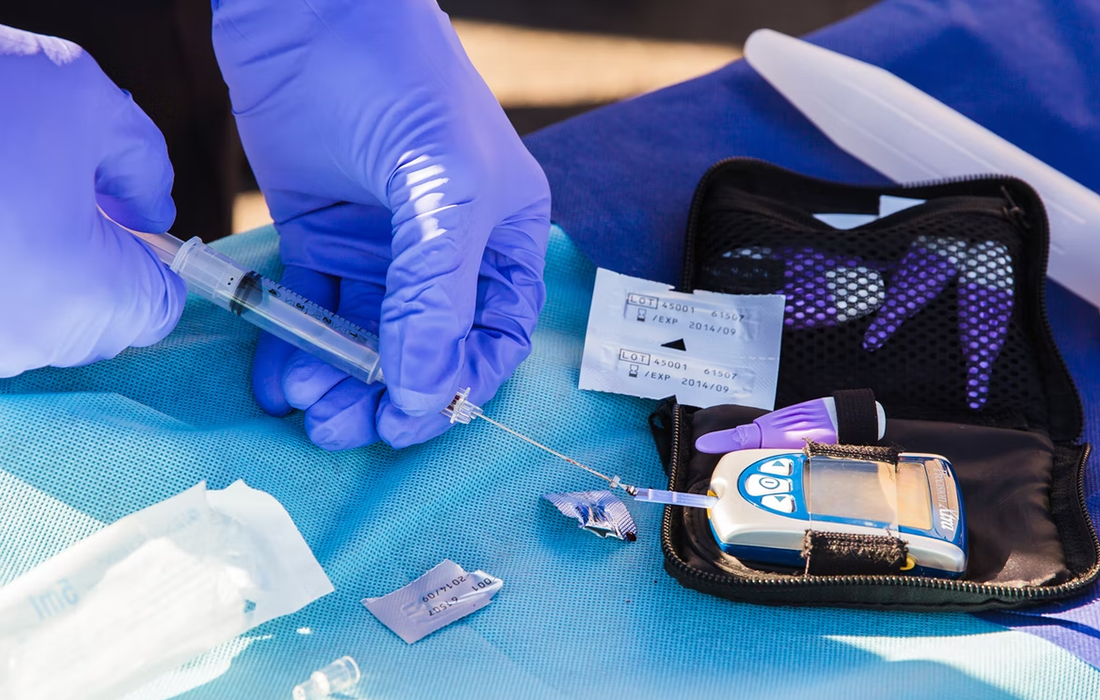Stem Cell Therapy for Specific Conditions
Which Stem Cell Source is Better For Diabetes Mellitus Treatment?
Type 1 diabetes mellitus (T1DM) is an autoimmune disorder in which the body’s immune system attacks and destroys pancreatic β cells. While insulin replacement represents the current therapy for T1DM, it hardly controls diabetes, nor does it necessarily prevent the possibility of the disease’s devastating long-term complications, which can seriously affect every body organ.
The major goal of future diabetes therapy is to promote β-cell regeneration, which could be accomplished by β-cell self-replication or differentiation from progenitor cells with the use of stem cell therapy to overcome autoimmunity and to improve endogenous insulin secretion.
Mesenchymal Stem Cells
Mesenchymal stem cells (MSCs) are uniquely capable of crossing germinative layer borders and are viewed as promising cells for regenerative medicine approaches in several diseases. They are obtainable in high numbers via ex vivo culture.
Reports evidenced that MSCs possess immune-modulatory activities which should result in a reduction of the immunogenicity of transplanted cells, thus limiting rejection.
Interestingly, the Umbilical cord has been proved to be a good source of MSCs either from umbilical cord blood (UCB) or from Wharton’s jelly (WJ), the connective tissue surrounding the umbilical vessels.
They offer several advantages over other types of stem cells. UC-MSCs are easily isolated compared with embryonic stem cells and possess immune-modulatory properties which prevent rejections to occur even after transplantation of MSCs without the need of using immunosuppression. They are also obtained in high numbers and can be differentiated into insulin-producing cells (IPCs).
Comparison between Umbilical Cord Blood and Wharton’s Jelly MSCs
A study by Rasha F El-Demerdash and colleagues from Misr International University in Cairo, Egypt investigated the differences between UCB-MSCs and WJ-MSCs as sources of diabetes mellitus cell therapy.
After isolation, both cell types were induced to differentiate into insulin-producing cells, then the differentiated cells were assessed genetically and functionally.
UCB-MSCs and WJ-MSCs were transplanted into the tail veins of diabetic-induced rats, after which their blood glucose levels were monitored.
Their results showed that Wharton’s jelly MSCs were superior to Umbilical cord blood MSCs in ease of isolation and propagation. Also, WJ-MSCs exhibited better differentiation potential to insulin-producing cells and better-sustained control of hyperglycemia in the rat model.
These cells represent a readily available, promising stem cell source for β-cell regeneration. The results strongly indicate that WJ-MSCs can be considered as a more potential candidate for DM cell therapy as compared with UCB-MSCs and should be strongly recommended for stem cell banking.
Source:
Rasha F El-Demerdash, et al. A comparison of Wharton’s jelly and cord blood as a source of mesenchymal stem cells for diabetes cell therapy. Regenerative Medicine. Vol. 10, No. 7. 2015 Nov. https://doi.org/10.2217/rme.15.49
Image from:

